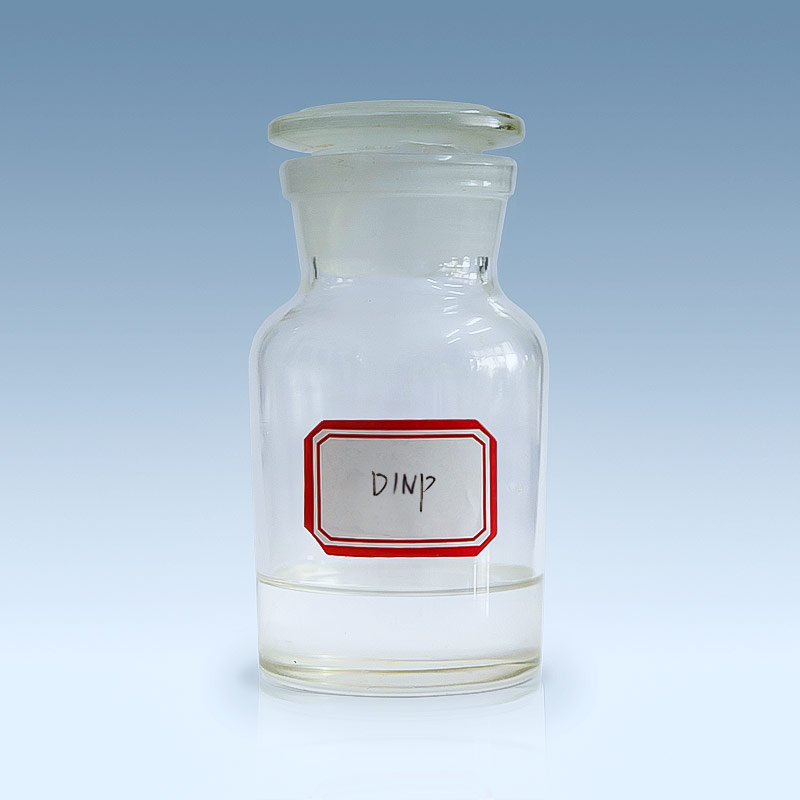DINP: A Sustainable Plasticizer
Plasticizers like DINP are essential in transforming rigid polymers into flexible and durable materials. However, DINP stands out due to its unique characteristics that contribute to environmental sustainability:
Low VOC Emissions: DINP’s low volatility minimizes the release of volatile organic compounds, improving air quality and reducing health hazards.
Long Lifespan: Products made with DINP exhibit enhanced durability, reducing the need for frequent replacements and thereby lowering material consumption.
Recyclability: DINP-containing plastics can be recycled efficiently, contributing to a circular economy.
Regulatory Compliance
DINP is one of the most thoroughly tested plasticizers in the world, and it has been deemed safe for use in various applications by regulatory bodies such as:
The European Chemicals Agency (ECHA): ECHA has classified Diisononyl Phthalate as safe for use in consumer products, provided it adheres to specific guidelines.
The U.S. Environmental Protection Agency (EPA): DINP is approved for use in a variety of applications, including food contact materials.
REACH Compliance: DINP meets the stringent requirements of REACH (Registration, Evaluation, Authorisation, and Restriction of Chemicals), ensuring its safety and sustainability.

Applications Driving Sustainability
DINP’s role in sustainable development is evident in its wide-ranging applications:
Green Building Materials:
Used in energy-efficient flooring, roofing, and insulation materials.
Renewable Energy Systems:
Enhances the flexibility and durability of components in solar panels and wind turbines.
Eco-Friendly Packaging:
Utilized in recyclable and reusable packaging solutions.
Medical Devices:
Ensures the safety and longevity of critical medical equipment, reducing waste and ensuring patient care.
Challenges and Opportunities
While DINP is a key enabler of sustainability, challenges remain in addressing misconceptions about plasticizers and their environmental impact. However, ongoing research and innovation present significant opportunities:
Bio-Based Alternatives: Efforts are underway to develop bio-based DINP, further reducing its carbon footprint.
Enhanced Recycling Techniques: Advanced recycling methods are making it easier to reclaim DINP from used products.



 English
English 中文简体
中文简体







